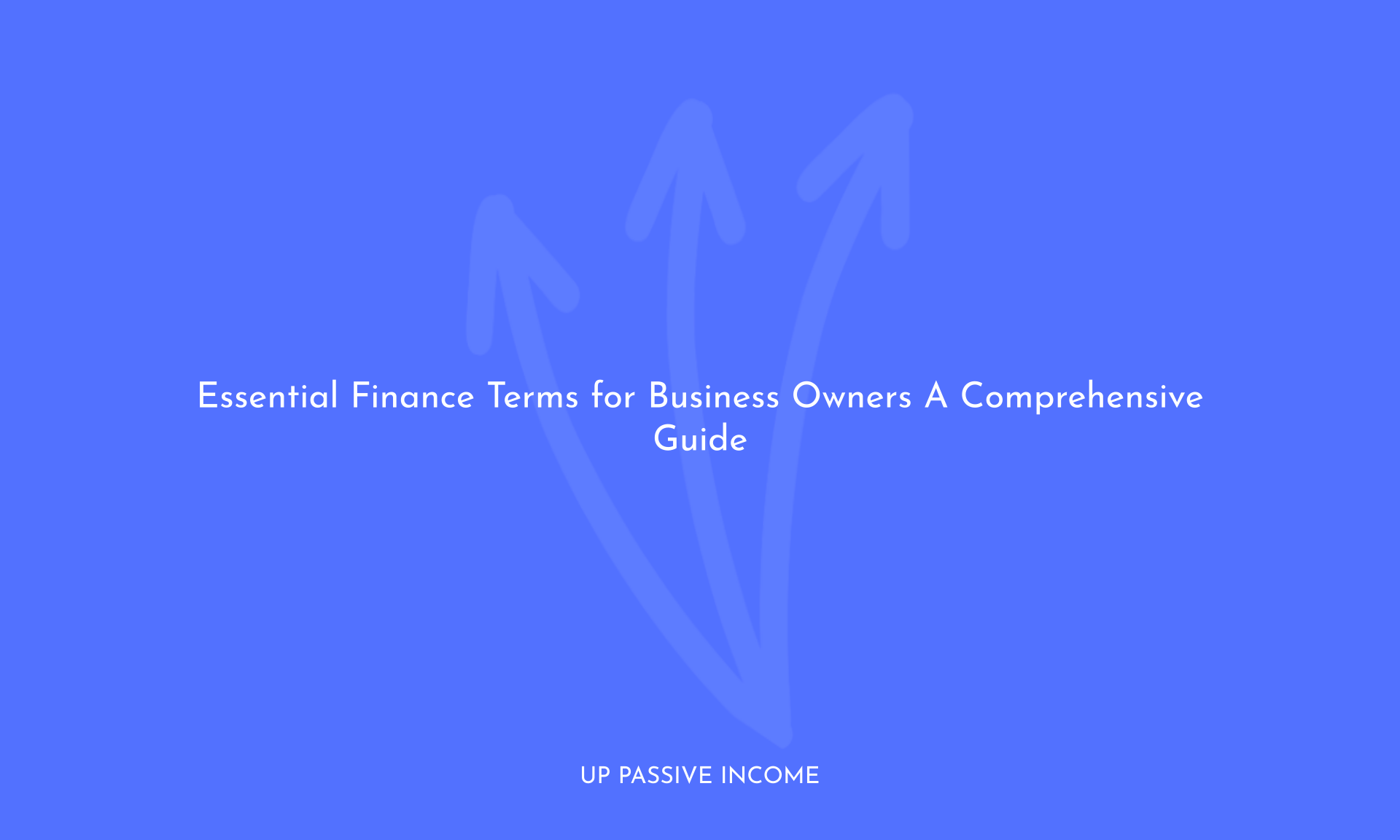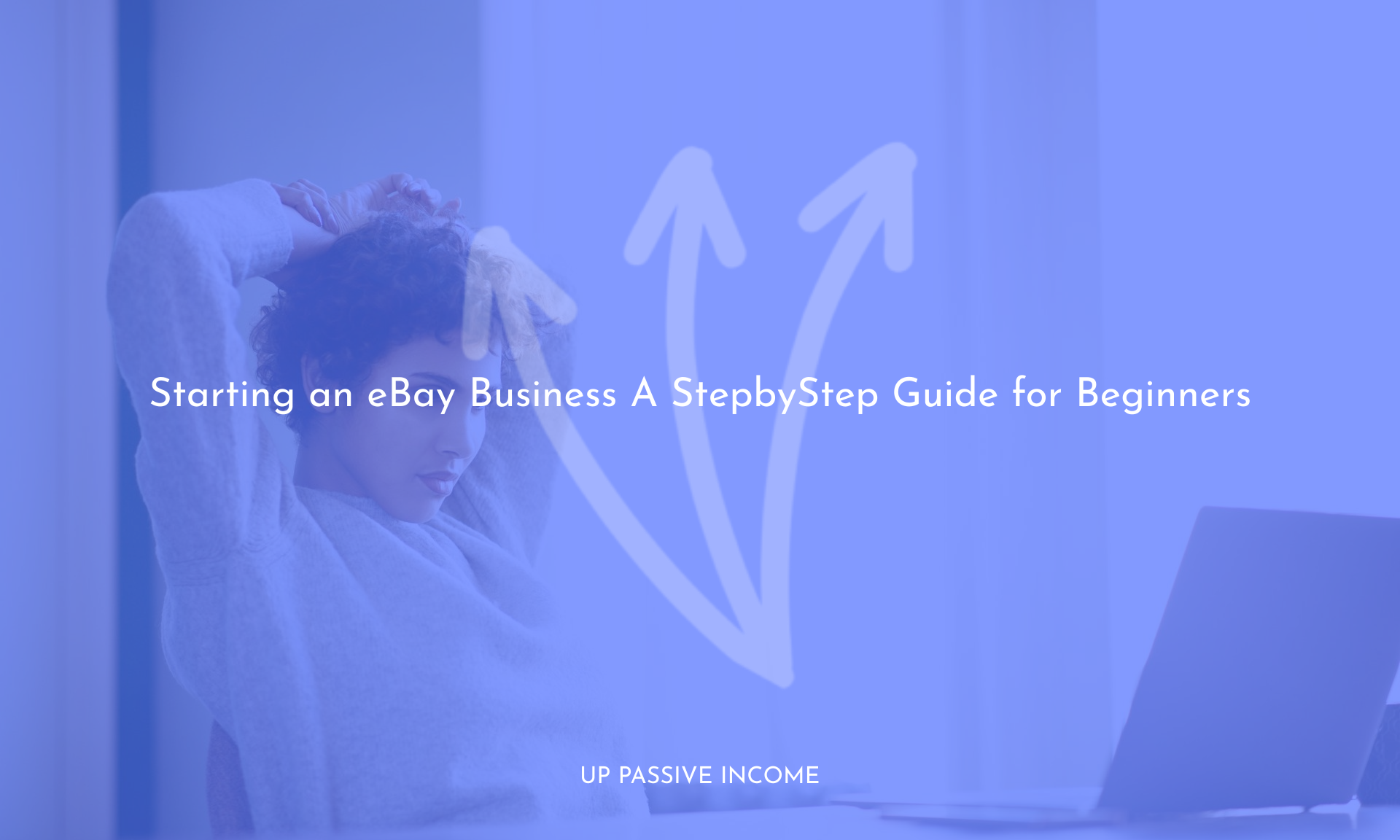Master the 10 essential finance terms every business owner should know with this comprehensive guide. Simplifying complex concepts to empower you, make informed and intelligent financial decisions for the success of your company.
Discover the 10 must-know finance terms that every business owner should master to make informed and intelligent financial decisions for their company’s success. This comprehensive guide simplifies complex financial concepts to empower business owners with essential knowledge.
When it comes to small-business loans and other types of financing, knowledge truly is power. It gives you the ability to compare and make smart choices about different loans and boosts your power when youre at the bargaining table with lenders.
Here are 10 essential finance terms small-business owners should fully understand before seeking financing:
Table of Contents
1. Annual percentage rate (APR)
If you want to know what a loan will truly cost you in yearly terms, look at the APR. It reflects not just the interest rate on a loan, but also the cost of fees and other charges youll have to pay. When deciding between different loan offers, small business owners can use APR to compare how much each loan will really cost.
2. Line of credit
A line of credit gives you the ability — but not the obligation — to borrow money up to a certain amount whenever you need it. A line of credit works more like a credit card than a traditional small business loan: You can borrow up to a specific amount (called your credit limit), and you pay interest only on the money you actually borrow.
Lines of credit can provide flexible access to working capital for small business owners. Just keep in mind that they tend to come with a variable interest rate, which means your interest costs can rise or fall depending on market interest rates as well as other factors.
3. Term loan
Unlike a line of credit, a term loan provides a lump sum of cash upfront that is repaid in regular installments (daily, weekly or monthly) over a set period of time, or term (usually six months to five years). Small-business owners typically use these loans for expansion capital (purchasing inventory or equipment, or hiring employees).
This type of business loan is likely better suited for small-business owners who know exactly how much money theyll need to invest in their business, while lines of credit are better for handling unexpected expenses. Term loans tend to come with a fixed interest rate, which means each payment will be the same amount until the loan is fully repaid.
» MORE: Compare small business loans
4. Prime rate
The prime rate is an interest rate determined by banks that helps them establish lending rates for small business loans, home equity loans, credit cards and lines of credit. The rate is set by banks based on the federal funds rate, which is the rate banks charge each other for overnight loan; the funds rate is set by the Federal Reserve.
Following the prime rate can be important for small-business owners, as fluctuations in the prime rate can lead to higher or lower interest costs on existing variable-rate loans and new fixed-rate loans.
5. Equity financing
This term refers to raising money for your small business by selling part of your ownership in the business. Say you own 100% of your business, and its valued at $1 million. If you sold 20% of the company to new investors, you would get $200,000 and would now own 80% of the business.
Small business owners generally use equity financing when they do not have enough money to grow the company on their own (as with many startups) and they do not qualify for a bank loan or would prefer not to take on debt. The benefit: Unlike loans, which need to be repaid, equity financing does not have to be paid back. However, you are giving up a piece of your company — so if the business is successful, your own stake will be worth less than it would had you held onto 100% ownership.
6. Refinance
To refinance is to repay an existing loan or mortgage with a new one, with the purpose of getting a better interest rate or other terms. For example, a small-business owner with a $300,000 mortgage at 10% APR might want to refinance into a new mortgage with an APR of 6%, to save on interest.
Small-business owners should also weigh the numerous fees usually associated with refinancing to see whether the interest savings are still worth it. Since terms and rates vary by lender, always shop around for the best deal.
7. Collateral
This is property that a borrower pledges to a lender to protect the lender in case of a default on a loan. If the borrower fails to repay the loan, the lender can take the property.
For example, if you take out a mortgage to buy a home, youll use the home as collateral for the mortgage. If you fail to repay the mortgage, the lender can take the home to recover its losses. For small-business owners, collateral is usually required for large bank loans and commercial mortgages, but smaller term loans and lines of credit might not require it.
8. Cash flow
Cash flow is the total amount of money coming into your small business and going out of it. Improving cash flow can be achieved mainly in two ways: boosting your sales or cutting your costs.
Having more money coming into a business than going out — positive cash flow — is crucial for small-business owners looking for financing. Positive cash flow shows you can cover all your regular expenses. If you improve cash flow before applying for a loan, lenders are likely to see you as a lower-risk borrower and offer better rates and terms on the loan.
9. Origination fee
This is an upfront fee you might have to pay when taking on a small business loan or a mortgage. With a small-business term loan, the origination fee may be taken out of the total loan proceeds. For example, a $20,000 term loan with $500 in origination fees would net you $19,500 when the loan closes.
With a mortgage, the origination fee might be called points, which are expressed as a percent of the loan amount. So for a $300,000 mortgage with 2 points, youd pay $6,000. Keep this in mind when applying for a loan, as it will add to the total cost.
10. Maturity date
The maturity date is the point in time when both the principal and the interest on a loan or mortgage are due in full. This is often a feature on adjustable-rate loans, credit lines or mortgages that come with interest-only repayment periods in the beginning, then a final payment at the end of the term.
For example, a business line of credit may come with a five-year period of interest-only payments, then a maturity date, where the remaining balance becomes due in full. At that time, you can either pay off the full balance, refinance the debt to make repayments easier, renew the line of credit with the financial institution or extend the maturity date.
Image via iStock
Thanks to Source: https://www.nerdwallet.com/article/small-business/10-essential-financing-terms-small-business-owner-understand
finance terms



